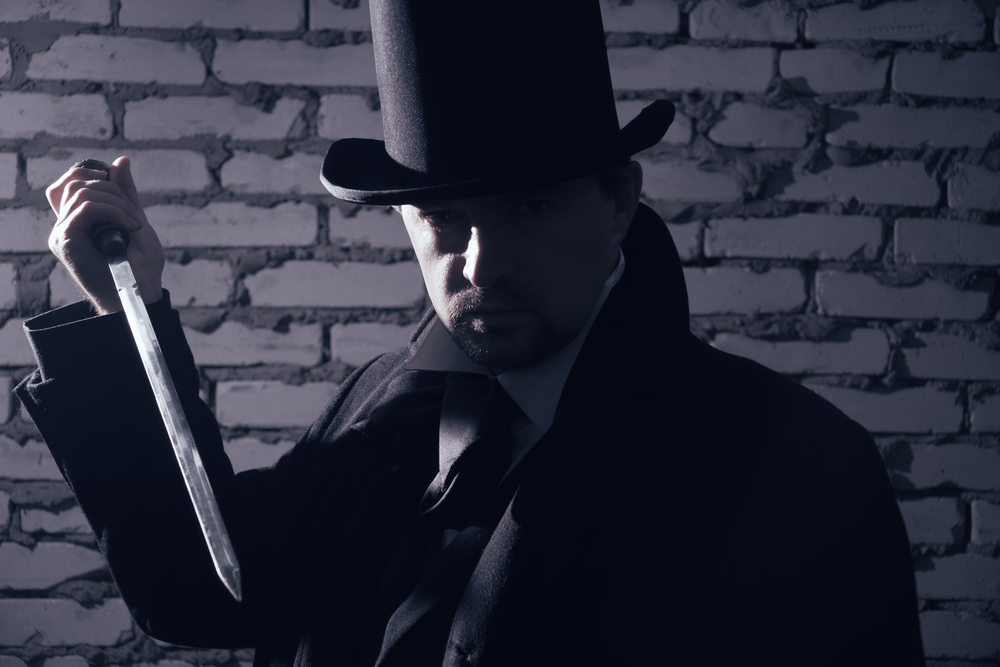An Interview with Ripperologist Richard Jones Jack the Ripper: What makes the case so fascinating? Some people say it’s the Sherlock Holmes aspect: a riddle and investigation methods everyone can follow. Other people say it offers a window...
Just how many victims did Jack the Ripper have? The number of canonical victims is five, but some people say there are more, and some less. What measuring sticks do Ripperologists use to figure their lists? Historian and true crime aficionado Cal...
Black Elk was a Ripper suspect? My jaw dropped when I first read about it. How did a Sioux medicine man end up on the suspect list? Native Americans must be among the most exotic – and ridiculous – explanations for the series of murders and...
The thing that scares me most about the Jack the Ripper case is not the murders. Oh, no. It’s the number of suspects! The list of men accused of the world’s most famous serial killing spree now far outstrips the number of victims, and fresh suspects...




Recent Comments